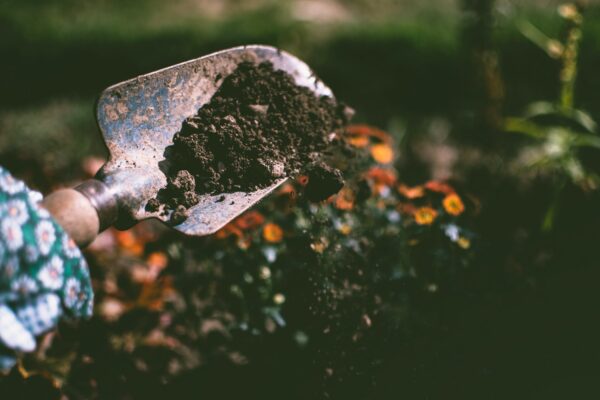The best time to plant your garden depends on three main factors: Where you live, what you will be planting, and what materials you have available.
It is technically possible to plant a garden at any time of the year. This is especially true if you live in a more moderate climate. There are multiple different “zones” that separate areas of the world and help determine what is best to plant where you live and when. In gardening lingo these are referred to as hardiness zones. A hardiness zone is a geographic area with a minimum average annual temperature. The possible hardiness zones are 1-13. The higher your minimum average annual temperature and the higher your hardiness zone, the less worried you need to be about plants dying to frost.

The ultimate killer of plants is cold and frost. The majority of plants will not survive below freezing temperatures, even for 1 night. Looking at a map will help you with determining what hardiness zone you live in and how careful you need to be about when you plant your garden.
The “majority” of plants will not survive the cold, but there are some that do better than others. For example, plants with dark leafy greens like spinach, kale, cabbage, and broccoli are known to tolerate a light frost. Garlic, leeks, radishes, and turnips also fair pretty well. However, this doesn’t apply as well when the plants are vulnerable seedlings, so keep this in mind!
You may need to look into when temperatures typically rise above freezing for where you live. However, if you do live in a zone where annual temperatures are below freezing for part of the year, there are still ways to get around it and plant your garden earlier.
One of the best ways to start a garden is to start out by planting your garden seeds indoors. If you have a few basic materials this is very doable. You will need something to hold the dirt and plant the seeds in, and a way to give light and water to your seedlings. This can be as simple as using old egg cartons or disposable cups and a windowsill. Most plants take about 2 weeks to germinate from seed. After that, they can continue to grow in tiny pots for another few weeks. Eventually you will need to transplant them. If the weather is still freezing, you can simply transplant them to bigger pots or cups. Or, if the temperatures have risen enough, they may be ready to move outside and plant in the ground.


On the opposite end of the temperature spectrum, there are some plants that require warmer temperatures to grow, but there are some that will wither away to heat stress. Do a little research on the specific plants you want to grow in your garden to find out if your hardiness zone is a good fit.
So, when is the best time to plant your garden? It really depends on where you live and what plants you are growing. Despite challenges that may arise, you can also come up with creative solutions. Start out seedlings indoors while the weather is still cold, or cover plants already in the ground to protect them from frost or high heat.
Where I live, March and April is the time I typically start to think about what I want to plant in my garden for the spring. It’s also a great time of year to look for beautiful wildflowers. Check out my blog from earlier this month about the earliest spring wildflowers!
No garden would be possible to harvest if it wasn’t for the help of pollinators. Check out my latest blog about the importance of pollination agents.


Comments
One response to “Best Time to Plant Your Garden”
[…] If you liked this blog be sure to read more about the different types of botany – including plant pathology! – in my blog about the most interesting branches in botany. Also check out my blog on the best time to plant your garden. […]